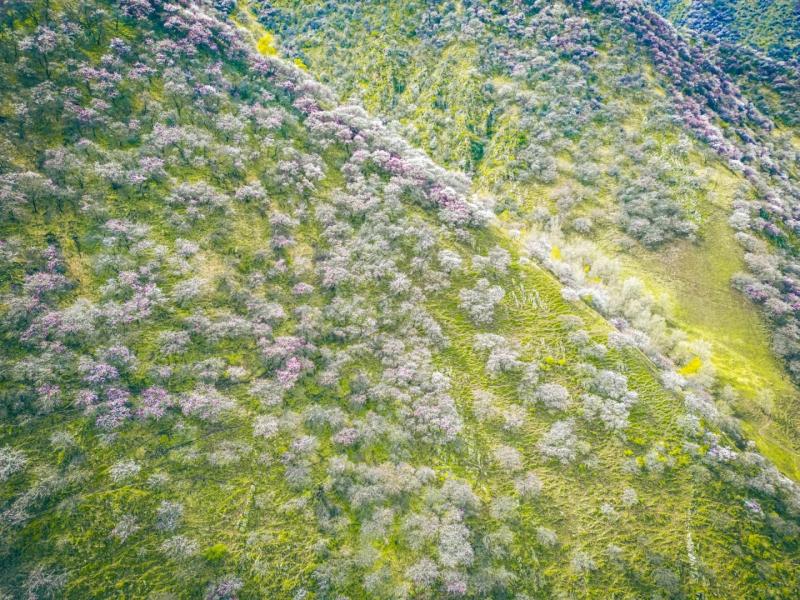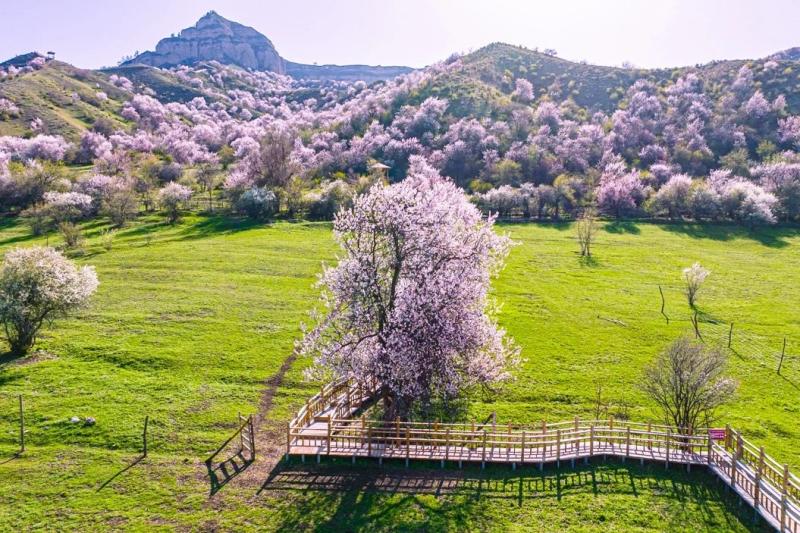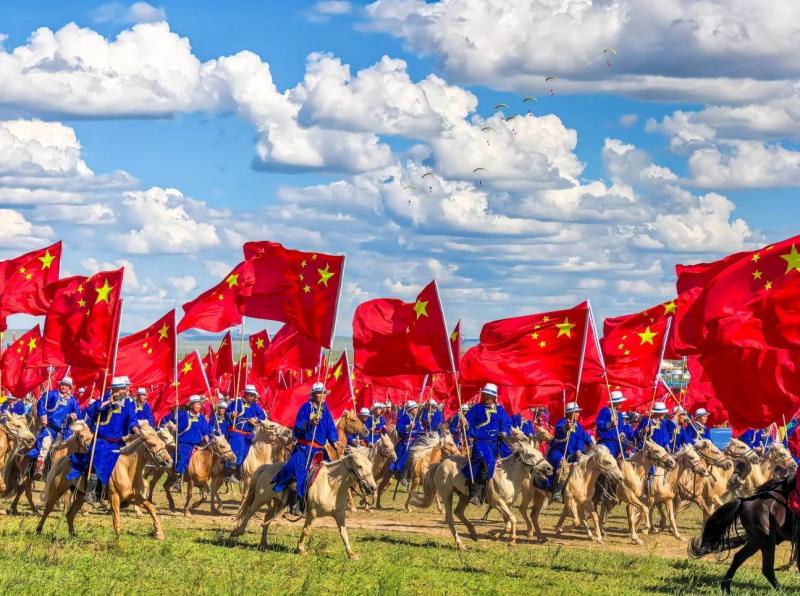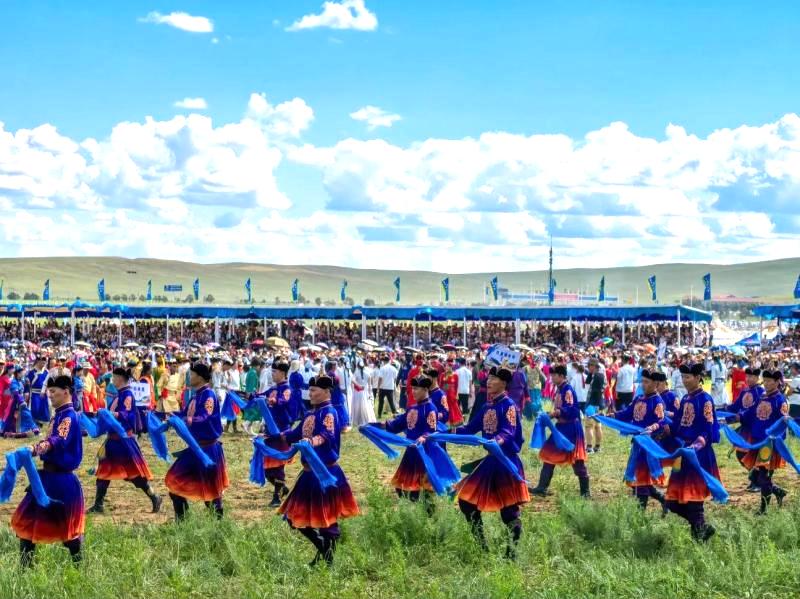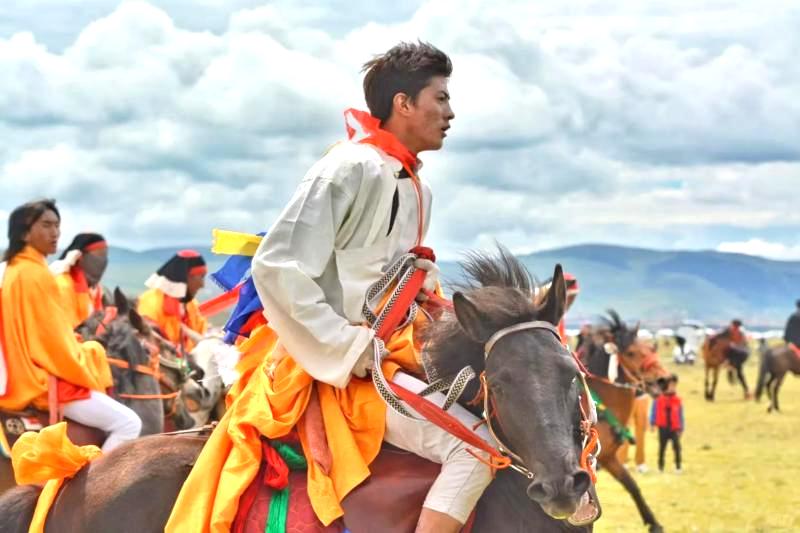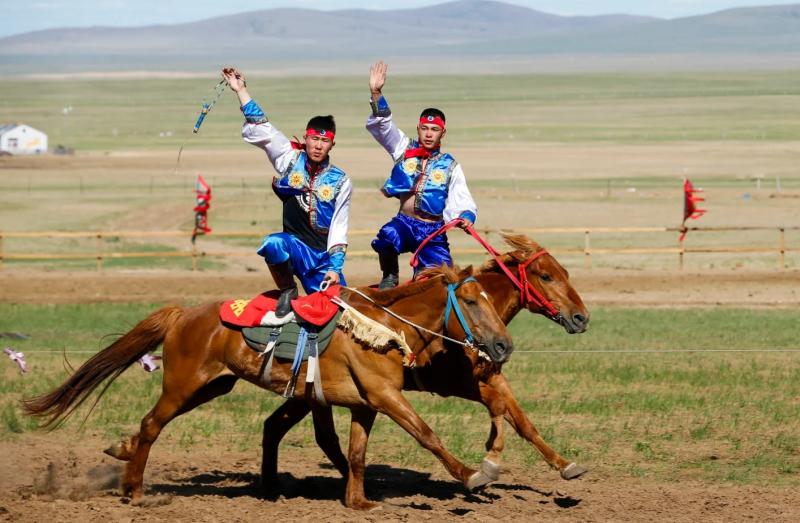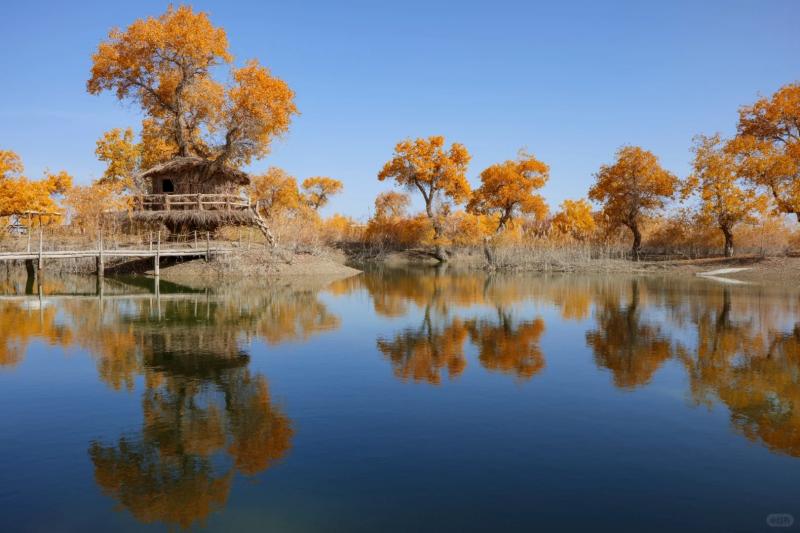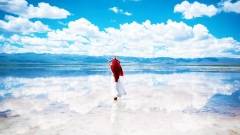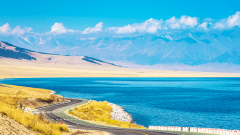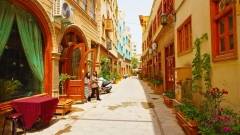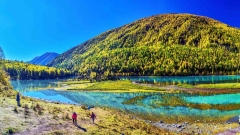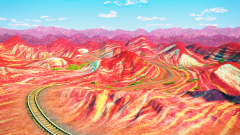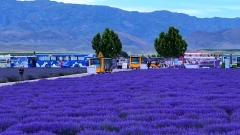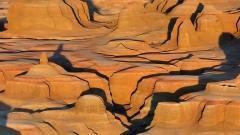In Xinjiang, festivals are never just dates on a calendar—they are vibrant cultural feasts. With towering snow-capped mountains, endless grasslands, and crystal-clear lakes, this region is also home to dazzling ethnic celebrations that bring joy and energy to every season.
Spanning the vast lands of Eurasia, Xinjiang is home to 47 ethnic groups, including Han, Uyghur, Kazakh, Tajik, and Mongolian. Festivals here are both a reflection of daily life and a continuation of rich traditions. No matter when you visit—spring, summer, autumn, or winter—you are likely to encounter a lively and memorable celebration.
Spring Festivals: Blossoms and Celebrations
1.Tuergen Apricot Blossom Festival
When: Late March – Early April
Where: Tuergen Township, Xinyuan County, Ili Kazakh Autonomous Prefecture
Highlights: The valleys are covered in wild apricot blossoms, ranging from white to pink, like silk ribbons draped across the hills. During the festival, enjoy Kazakh folk performances, horse racing, and kokpar (buzkashi).
Travel Tips: The best time for photography is early morning or late afternoon when the light is soft. Bring a windproof jacket as temperatures vary greatly between day and night.
2.Nowruz Festival
When: Around March 21
Ethnic Groups: Uyghur, Kazakh, Uzbek, and others
Highlights: Known as the “New Year” of Central Asia, symbolizing the arrival of spring. People dress in festive attire, dance the lively Meshrep, and enjoy Nowruz porridge made with assorted grains.
Travel Tips: Best experienced in culturally rich cities like Kashgar or Yining. Be respectful of local customs, especially regarding food and photography.
Summer Festivals: Passion and Speed on the Grasslands
1.Nadam Fair
When: July – August
Where: Grasslands of Zhaosu, Nalati, Bayinbuluke, and more
Highlights: The most important traditional festival of Mongolian and Kazakh herders, featuring horse racing, wrestling, and archery. The thunder of galloping hooves mingles with the cheers of the crowd.
Travel Tips: Book yurts or grassland accommodations in advance. Bring sunscreen and sunglasses. For sports photography, a telephoto lens is recommended.
2.Horse Racing Festival & Equestrian Shows
When: June – August (varies)
Where: Zhaosu in Ili, Tacheng, and other areas
Highlights: Known as “China’s Horse Capital,” Zhaosu hosts speed races and skill demonstrations, including picking up objects from horseback and mounted archery.
Travel Tips: Most events are outdoors on grasslands—bring rain gear. Try local specialties like milk tea and dried curds from herders.
Autumn Festivals: Harvests and a Feast of Colors
1.Kashgar Old Town Meshrep
When: September – October (grape harvest season)
Where: Kashgar, Turpan, Hotan
Highlights: Meshrep is a traditional Uyghur gathering of song and dance, often held for weddings, festivals, or harvest celebrations. In autumn, these street parties occasionally appear in Kashgar’s old town.
Travel Tips: Ask local travel agencies or guesthouse owners for opportunities to join. Respect the order of the dance, and follow the locals’ lead.
2.Tarim Poplar Festival
When: Mid-October – Early November
Where: Luntai, Yuli, and surrounding areas
Highlights: Golden poplar forests set against a backdrop of blue skies and white clouds. The festival often includes photography contests and ethnic performances.
Travel Tips: Mornings and evenings are chilly, so dress warmly. The best time for photography is 9:00–11:00 a.m., when the light is ideal.
Winter Festivals: Snowfield Festivities and Warm Traditions
1.Ice and Snow Nadam
When: January – February
Where: Altay, Fuhai, Zhaosu, and other areas
Highlights: Horse racing on snow, horse-drawn sleigh rides, reindeer parades, and ice wrestling bring the passion of the grasslands to the winter wonderland.
Travel Tips: Dress for extreme cold, as temperatures may drop below –20°C. You can also combine the trip with skiing in Altay.
2.Winter Kurban Festival (Eid al-Adha)
When: Varies according to the Islamic lunar calendar (often in winter)
Ethnic Groups: Uyghur, Hui, and others
Highlights: One of the most important Islamic festivals, marked by animal sacrifices, food sharing, and family gatherings.
Travel Tips: Some shops may close during the holiday, so plan ahead. Avoid photographing religious ceremonies without permission.
Festival Travel Tips
Respect Local Customs: Dress modestly, and avoid photographing women or religious activities without consent.
Book in Advance: Accommodation in popular festival areas can be scarce—reserve 1–2 months ahead.
Prepare for Weather: Xinjiang has large day–night temperature differences. Summer grasslands have strong UV rays, and winters can be extremely cold.
Plan Transportation: Festivals are spread across different cities. Consider hiring a car or joining a tour to save time.
Ride across summer grasslands, dance in Kashgar’s Meshrep, or capture golden poplars in autumn—Xinjiang’s festivals shine year-round.China Dragon Travel offers tailored itineraries, transport, guides, and insider access to make your trip seamless.
Book your Xinjiang festival journey with China Dragon Travel and explore like a true insider.



